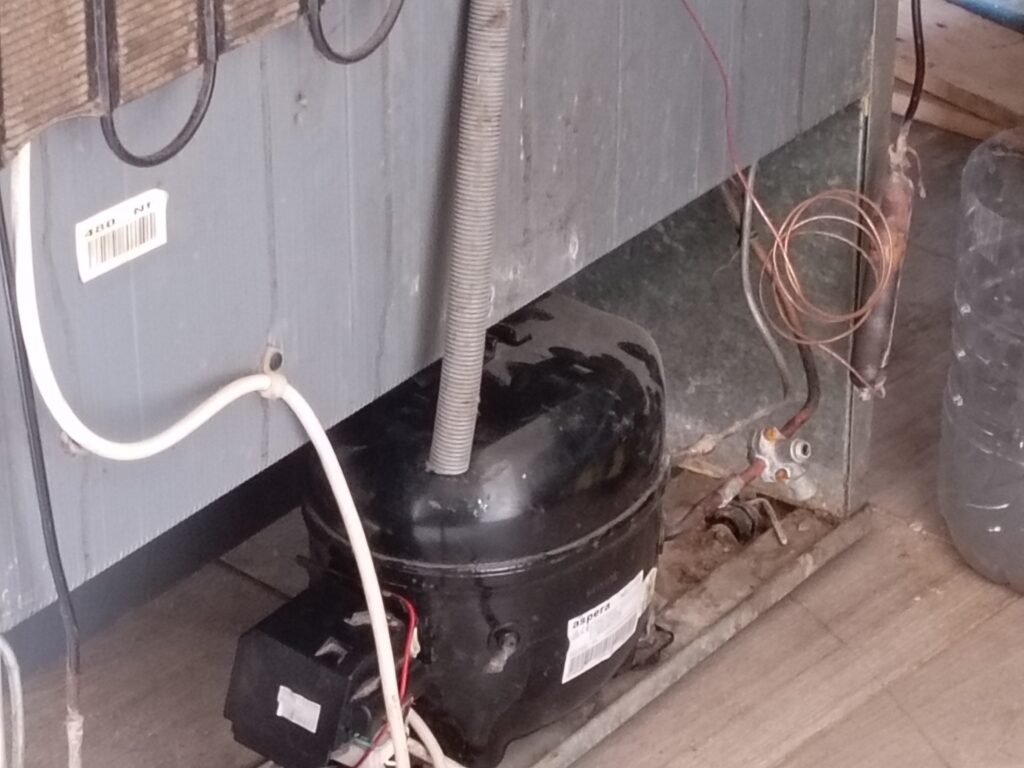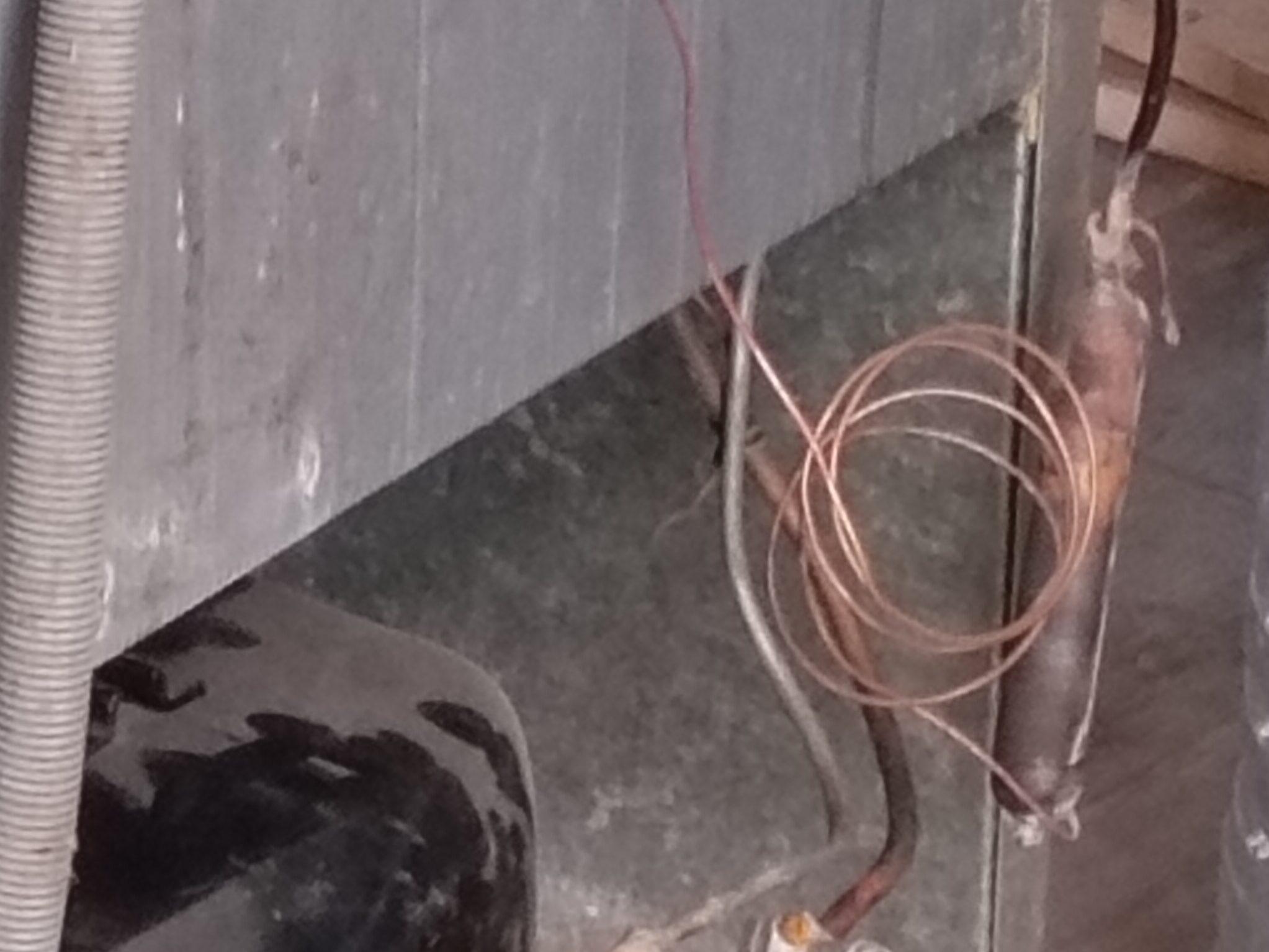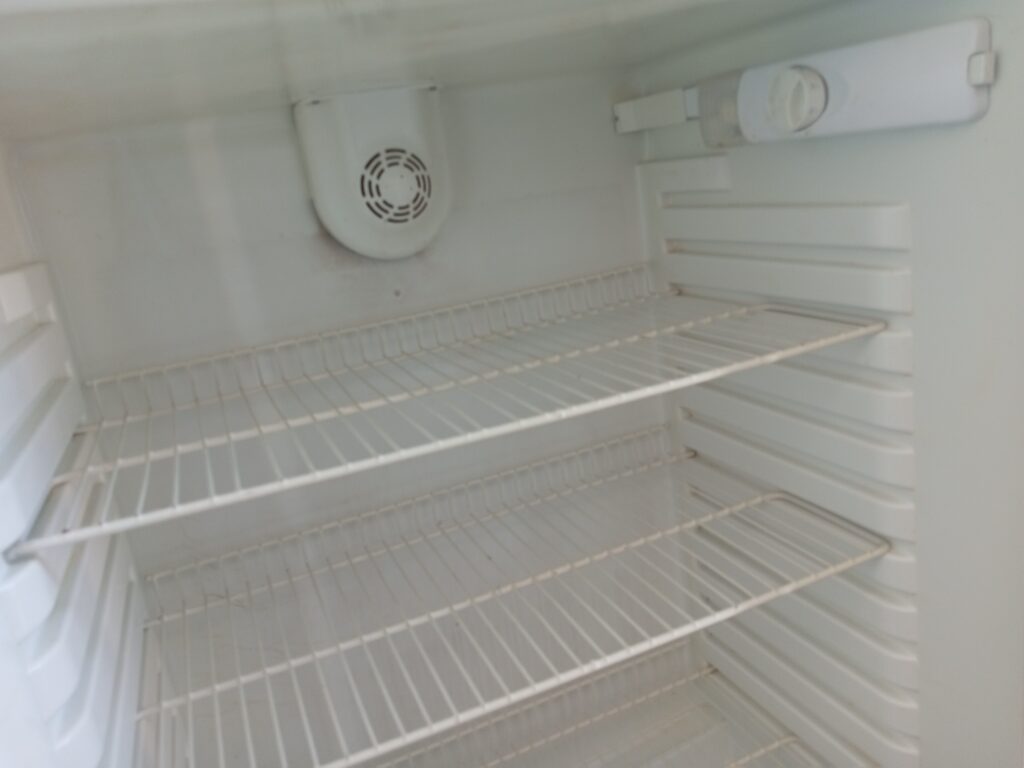
Refrigerators are essential appliances in both homes and businesses, helping preserve food by maintaining low temperatures. Behind the cooling process lies a complex system made up of several components that work together seamlessly. In this article, we’ll explore the key components of a refrigerator and explain the function of each part.

- Compressor
The compressor is often referred to as the heart of the refrigerator. It is responsible for compressing the refrigerant gas and increasing its pressure. This action raises the temperature of the gas, preparing it to release heat when it reaches the condenser coils. The compressor starts the refrigeration cycle and ensures that the refrigerant keeps circulating.

- Condenser Coils
Located at the back or bottom of the fridge, the condenser coils allow the high-pressure hot refrigerant gas to release heat to the surroundings. As the gas travels through these coils, it gradually cools down and turns into a high-pressure liquid. A fan may also assist the coils in dissipating heat more efficiently.

- Expansion Valve (or Capillary Tube)
The expansion valve, also known as a capillary tube in simpler models, is a narrow passage that allows the liquid refrigerant to expand and drop in pressure. This rapid expansion causes a sudden temperature drop, turning the liquid into a cold, low-pressure mixture. This cooling effect is essential for the next stage of the cycle.

- Evaporator Coils
The evaporator coils are located inside the refrigerator compartment. This is where the actual cooling happens. The cold refrigerant absorbs heat from inside the fridge, turning it back into a low-pressure gas. As it absorbs heat, the temperature inside the fridge drops, keeping the food and drinks cold.

- Thermostat
The thermostat is a sensor that monitors the internal temperature of the refrigerator. When the temperature rises above the set level, the thermostat signals the compressor to start working. Once the desired temperature is reached, it turns off the compressor to save energy and maintain a stable climate inside.
- Defrost System
In frost-free refrigerators, the defrost system plays a crucial role. It includes a defrost heater, timer, and thermostat, which work together to melt any frost or ice buildup on the evaporator coils. This ensures consistent cooling and prevents airflow blockages inside the fridge.
- Refrigerator Fan (or Evaporator Fan)
The evaporator fan helps circulate the cool air throughout the refrigerator and freezer compartments. It ensures that the entire space is evenly cooled by distributing the air from the evaporator coils across the shelves.
- Control Board
Modern refrigerators often feature a control board or microprocessor that manages the overall function of the appliance. It coordinates the compressor, fans, defrost system, and thermostat based on user settings and temperature feedback. In smart refrigerators, the control board may also handle connectivity and display features.
Conclusion
Each component in a refrigerator plays a unique role in the cooling cycle. From compressing and circulating refrigerant to controlling temperature and airflow, these parts work in harmony to keep your food fresh and safe. Understanding how these components function not only helps in maintenance and troubleshooting but also gives us a deeper appreciation of this essential appliance.

